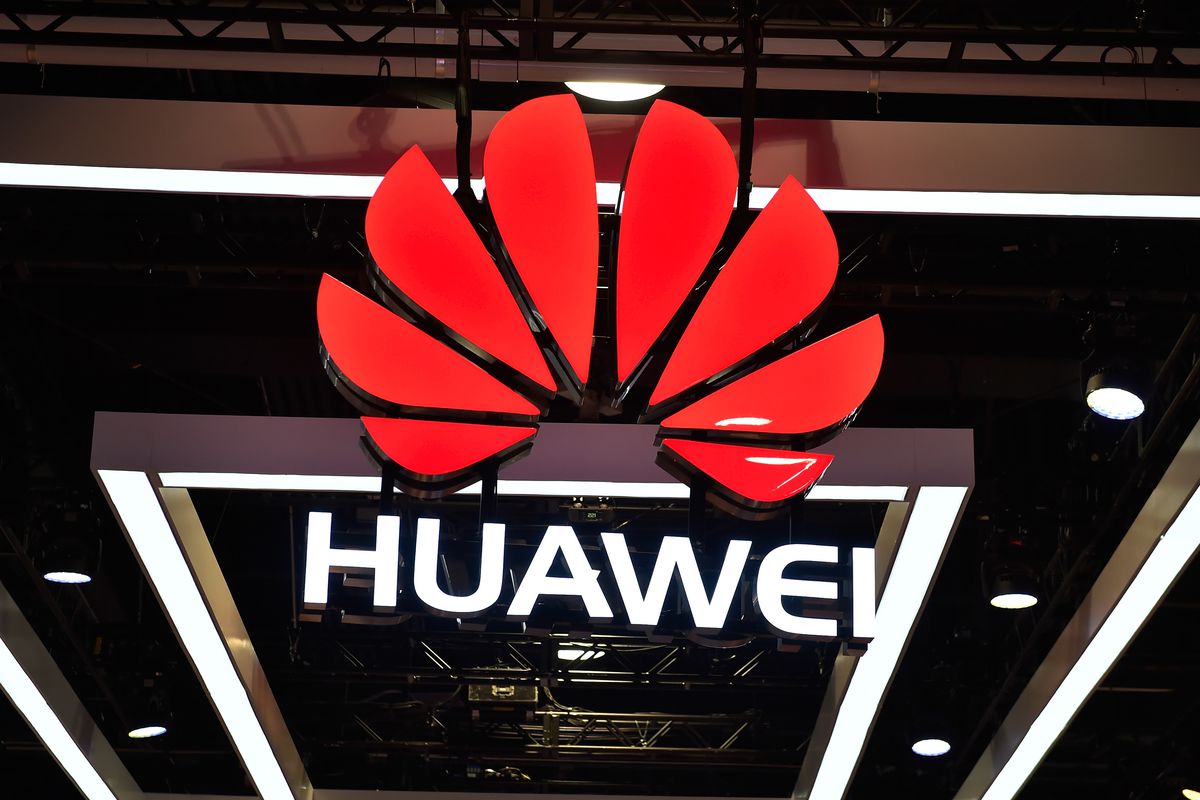Huawei has launched its innovative AirPON solution, which reuses existing wireless sites to build full-fibre access networks for operators quickly and at low cost, during the recent AfricaCom virtual technology event in South Africa.
Fibre broadband has come to be seen as an essential service, especially during the COVID-19 period, with strong demand for FTTH (Fibre to the Home) deployment in Africa countries.
- Huawei wins COVID-19 network-operations solution award
- 5G to enable industries produce $13.2trn worth goods by 2035 — NCC
However, FTTH network construction faces huge challenges.
Traditionally, operators have had to deploy centralised office equipment rooms and lay out massive optical cables to reach users.
This requires large-scale initial investment and the resolution of complex problems such as right-of-way (ROW) acquisition.
As a result, network construction has always been time-consuming and expensive.
However, the Huawei’s AirPON solution is specifically addressing these challenges, providing cost-effective FTTH coverage, according to Dean Yu, vice president, Huawei Southern Africa Region.
“With the existing 300 000 base stations in Africa, the AirPON solution can be maximised to achieve low cost and fast coverage.
“It reuses existing sites, optical fibre and power supplies and can achieve 10 million home fibre access connections.
“Huawei’s AirPON solution will help African fibre broadband connections grow, bridge the digital divide, and enable digital life in Africa,” he added.
Presenting a suite of AirPON use cases, Charles Qiu, Huawei vice director of access network marketing & solution sales, cited major benefits in the full-service automatic grid division and in valuable area identification, optimal route selection, network planning and design, total-cost estimation and automatic calculation of optimal routes.
Sunil Piyarlall, technology lifecycle management executive at Openserve, said the challenge for operators was to roll out a quality network quickly while containing costs.
He said Openserve had tested the Huawei Quick ODN solution in its laboratories and carried out a field trial in Johannesburg.
Tests found that the project was delivered 30% faster than conventional fibre reticulation, Piyarlall said.
“The pre-connectorised cables facilitated a smaller, lower-skilled workforce but still maintained an optical power budget within specification,” he said.
Franklin Kano Ocharo, head of home business for leading Kenyan mobile operator Safaricom, said Safaricom had been able to leverage mobile sites for fibre rollout and business development and was achieving a successful fixed-mobile convergence.
“The mobile sites are network operators’ greatest advantage for FTTH rollout, as they make it easier for mobile operator to begin FTTH business,” he said.
“Through operating a mobile data network, the operator can already gain insights into customers’ data requirements and is better positioned to make the move to fibre to offer more bandwidth to support customers’ needs.
“Based on mobile data usage insights and market evaluation, we can better evaluate the uptake of FTTH in different areas.”
Also speaking at the Home Broadband session at AfricaCom 2020, Dikah Sylvester, HOD of Fixed Network at Vodafone Ghana, expanded on the solution’s benefits.
“With AirPON, technology can reduce the FTTH deployment cost by 29%, compared with the traditional approach.
“If you go with the AirPON technology, you are going to save on cost and time.
“AirPON is the way to go for FTTH deployment.”
Following Huawei’s first release of the AirPON solution in London in February, 45 operators around the world have adopted it in network construction.
The solution consists of Huawei’s OptiXaccess series Blade OLTs, Digital Quick ODN (DQ ODN), and OptiXstar series eAI ONTs.
It reuses existing mobile sites to build full-fibre access networks and has benefits which includes: Site acquisition as outdoor blade OLTs can be installed on existing mobile poles or tower sites to share the wireless backhaul network for upstream transmission.
Also, the solution can ensure fibre splicing. The DQ ODN network features digital management, pre-connection technology, and parallel construction without fibre splicing. Technicians can quickly master full-fibre access network installation and maintenance. Network construction is 70% more efficient and ODN sunk cost is 20% lower.
Another benefit is frame freezing. The eAI ONT intelligently identifies service types and uses Wi-Fi 6 slicing technology to provide dedicated channels for VIP services, such as online education and gaming. Operators can now monetise on user experience, earning an extra average revenue per user of US$10.
With the acceleration of the fixed-mobile convergence trend, fixed networks are the cornerstone of full-service operations.

 Join Daily Trust WhatsApp Community For Quick Access To News and Happenings Around You.
Join Daily Trust WhatsApp Community For Quick Access To News and Happenings Around You.


